10 Reasons to Visit Tohoku in Spring
5. The Crafts
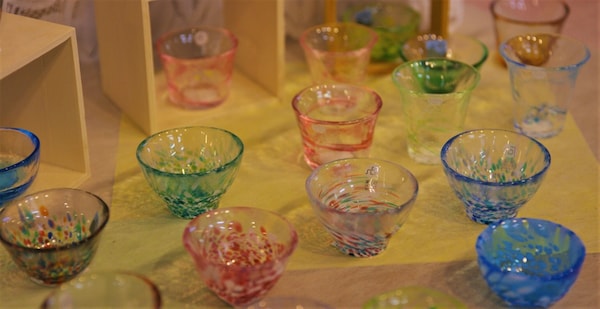
Walking through a morning market or along a block of mom and pop shops in Tohoku, you can’t help but notice the abundance of meticulously made handicrafts. Whether it’s a traditional piece of art, like blown-glass sake cups, the hand-carved yawata uma horse figures, a richly dyed bag—the result of hours of effort spent rhythmically at work on an old-style loom—or finely painted lacquerware almost too nice to use (except on the fanciest occasions), each item for sale reflects the rich history of the region. Part of what makes them special, whether bought for yourself or as a souvenir, is the fact that they’re small pieces of history you can take home with you, imbued with craftsmanship handed down generation to generation, backed by hundreds of years of experience.
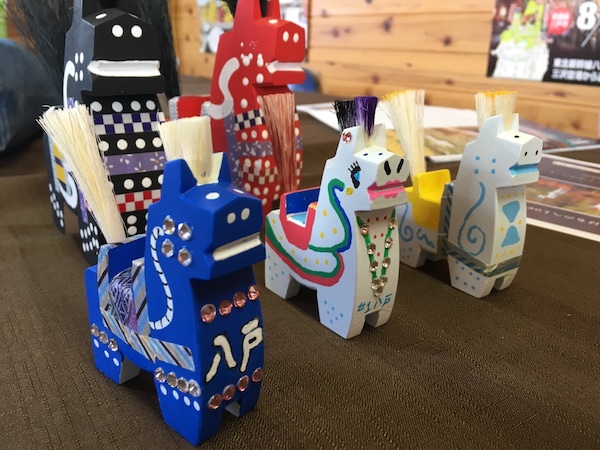
Also, visitors can get hands-on experience with them too. In the time I’ve spent up north, I’ve made nambu senbei crackers with cast-iron molds over an open flame, carved my own fruit for a super-kawaii parfait, struggled to duplicate even a fraction of the rhythm as the women who professionally weave, had a blast practicing choreography for a part in a long-running kabuki performance in full costume, practiced taiko drums for festival performances, and more. In my experience, the people of Tohoku are incredibly enthusiastic when it comes to sharing their culture, and (even more surprising) incredibly patient and gentle.
4. The Views

I’ve been talking about Tohoku as a whole, and I’ve done my best to speak about appealing aspects found throughout the entire region, but I would be remiss if I didn’t draw special attention to Matsushima, just a short train ride outside of Sendai. Considered one of Japan’s three most beautiful views, the islands of Matsushima, off the coast of Miyagi Prefecture, are worth visiting no matter the season, but especially in spring. Matsushima is the real deal.
For one, you can take a ferry tour from Matsushima or the nearby town of Shiogama and soak up the scenery while learning about the area’s deep history. In the spring, with the sun shining and the breeze blowing gently off the ocean, the ¥1500 ticket is a small price to pay.

There are also many restaurants that offer up the bounty of seafood found in Matsushima: wood-grilled oysters, meaty tuna sashimi and seafood ramen. There’s even soft-serve ice cream made with zunda, a sweetened paste made from edamame, which is a refreshing way to top off any meal. Once you’ve had your fill, you can hit one of the many gift shops and buy some local sake or souvenirs.
Not to mention the gorgeous religious structures located around the island, including Zuiganji Temple. If you’re too tired to take a train or ferry back to Sendai, you can stay at one of the many luxurious hotels the island hosts. Which brings me to my next point…
3. The Onsen
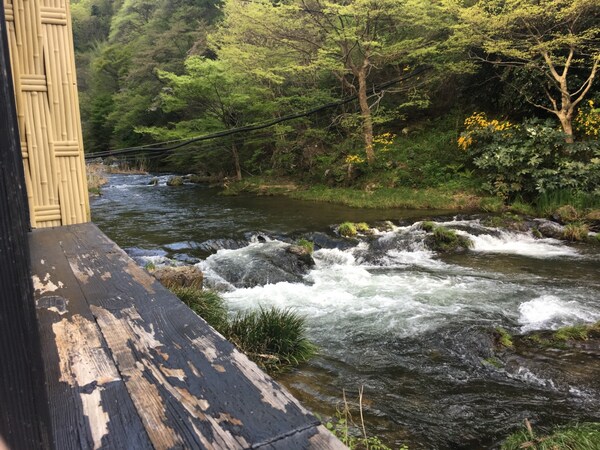
One of the benefits of being a volcanic island is the volume of incredible natural hot springs, or onsen, located throughout the country. There’s a huge concentration in Tohoku and they’re usually attached to first-class hotels or beautiful, traditional Japanese inns, called ryokan. Bathhouses are relaxing no matter what, but natural hot springs, especially open-air baths with unique mineral content, ramp it up to a new level of comfort.
Entering a bath has a level of onsen etiquette that can be a bit intimidating for first-timers, but once you have a handle on it, you’ll never look back. It’s great to enjoy this social outing with friends, but for my money, the best way to go in is on your own time at a facility with an outdoor bath and soak up the natural surroundings while you relax. If you get too hot, take a step out and cool off for a bit until you feel ready to dive back in. Rinse and repeat! Some facilities, like Takinoyu in Aizuwakamatsu, even offer complimentary beer and soft-serve ice cream afterward. Can’t beat that!
2. The Food
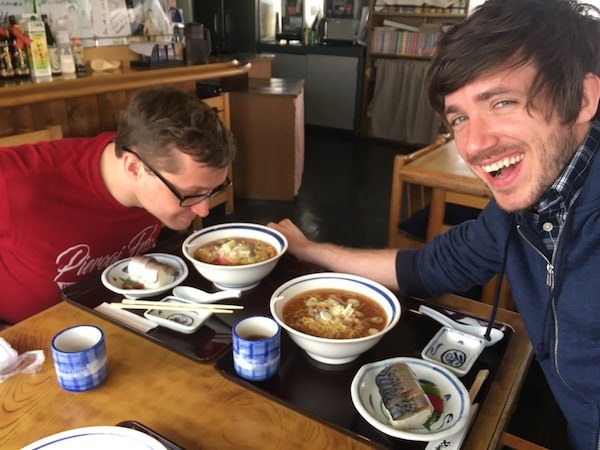
It’s been a long time coming, but it’s finally here! Japanese food is famous around the world for being simple, flavorful and generally quite healthy. But the food in Tohoku is soulful. The cuisine embodies the time-honored traditions of Japanese cooking and utilizes the freshest ingredients around: hand-picked fruits and vegetables, unbelievable amounts of freshly caught seafood and tender meats.
Each area has its own regional dishes, like the homey senbei jiru soup of Hachinohe with nambu senbei and veggies, the gooey texture of Akita Prefecture’s kiritanpo rice cakes, crunchy tonkatsu pork cutlets covered in thick miso, grilled beef tongue, or delicate baked goods and lightly sweet traditional Japanese desserts. Tohoku has it all. Top it off with a craft beer, a neat pour of local whiskey or some of the best sake in the country, and you’ll wonder why you waited so long to dig in in the first place. It’s a fantastic place to eat, and I’ve never been so happy to have more work to do when it comes to my exercise regimen when I get back home. Worth it!
1. The Sakura
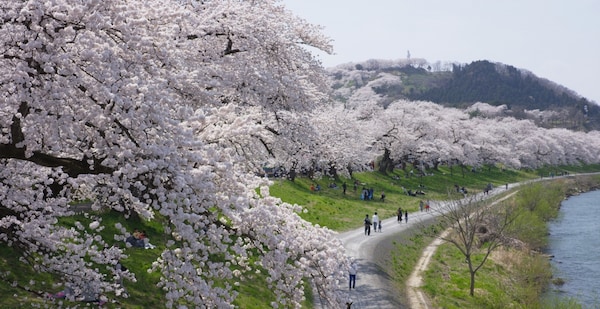
Tohoku's amazing sakura (cherry blossoms) are the No. 1 reason to visit Tohoku in spring (perhaps the No. 1 reason to visit Japan in the spring in general). But the great thing about the cherry blossoms in Tohoku is that they bloom later than those in the south, which means visitors have a bit more leeway when it comes to catching sight of the perfect blossoms. And there are plenty of places to do it.
There’s the Hitome Senbonzakura (literally “a thousand blossoms at a glance") in Miyagi, with a stretch of cherry blossoms alongside a river and snow-capped mountains in the background. There’s also Hanamiyama Park in Fukushima, the perfect place to enjoy a nice hike among a wide variety of cherry blossoms and other flowers. Many of the grounds of Tohoku’s castles are surrounded by cherry blossoms, like in Hirosaki, creating a picturesque blend of nature and history.
I also had the opportunity to watch the sunrise over Matsushima surrounded by sakura, which was a once-in-a-lifetime experience I’ll never forget. Even in a car driving down the highway, or on a train to my next destination, I saw cherry blossoms dotting the hillsides and in small gardens outside homes. For anyone who wants a complete cherry blossom experience, Tohoku is a must.



